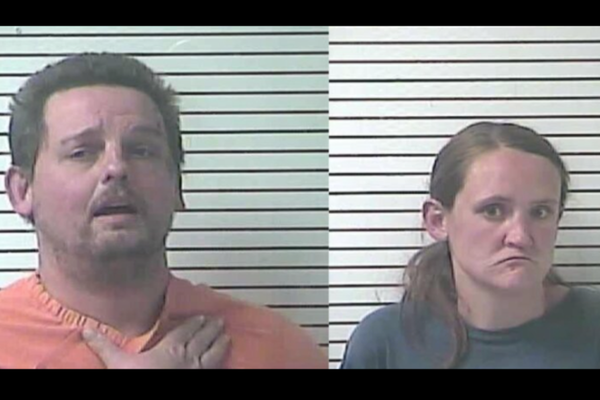FORT LAUDERDALE, Fla. — After a quiet start to hurricane season, Hurricane Danielle and Tropical Storm Earl both formed Friday — but neither system is a threat to Florida.
As of the National Hurricane Center’s 11 a.m. advisory on Saturday, Tropical Storm Danielle is expected to pick up strength over the next few days and turn back into a hurricane. The system, which became the first hurricane of the season Friday morning, lost some strength overnight and reverted to a tropical storm.
Tropical Storm Earl, which formed late Friday, is located about 115 miles east of the eastern edge of the Caribbean Sea. It is headed west, but expected to curl north in the next few days. As of 5 a.m. Saturday, it was moving west-northwest at 13 mph with maximum sustained winds of 40 mph. Tropical-storm-force winds extend out 175 miles.
Parts of the Virgin Islands and Puerto Rico can expect heavy rainfall over the next few days regardless of the system’s development.
Tropical Storm Danielle still has maximum sustained winds of 70 mph. Its tropical-storm-force winds extending out 125 miles. As of 11 a.m. Saturday, Danielle was located about 925 miles west of the Azores as it drifts over the Atlantic.
Deep in the mid-Atlantic, Danielle is no current threat to land and likely will meander over the Atlantic over the next few days.
Danielle and Earl are the first named storms to form in the Atlantic since early July, when Tropical Storm Colin formed offshore of the Carolinas. This comes after a quiet August with no named storms, something that happened for only the third time since 1961.
The 2020 hurricane season set a record with 30 named systems, while 2021′s season was the third most active with 21 named systems. An average year calls for 14 named storms.
The next named storm to form will be Fiona.
There have been three other named storms so far this season — Alex, Bonnie and Colin — with the last one, Colin, dissipating on July 3, meaning this 60-day streak is the second-longest time in Atlantic hurricane season history without a named storm since 1995.
Only Alex made its presence known in South Florida by dumping as much as 12 inches of rain in some areas.
“It looks like September could really kick off an active period in the tropics. A steady wave train of energy rolling off Africa into the tropical Atlantic is expected to keep things active for a while across the Atlantic basin,” said AccuWeather meteorologist Brandon Buckingham.
The most active part of hurricane season is from mid-August to the end of October, with Sept. 10 the statistical peak of the season.
Forecasters say dry air, Saharan dust and wind shear have been among the reasons there haven’t been more storms this year.
Hurricane season ends Nov. 30.
———







